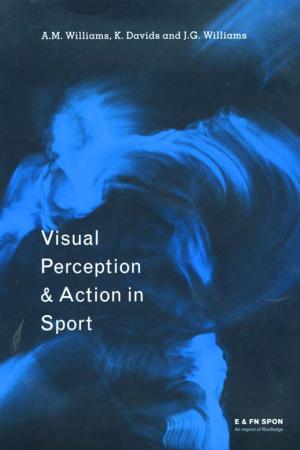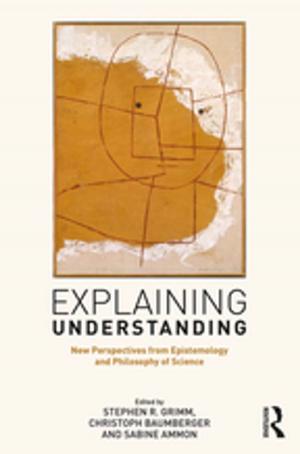Social Media, Political Marketing and the 2016 U.S. Election
Nonfiction, Social & Cultural Studies, Political Science| Author: | ISBN: | 9781351105507 | |
| Publisher: | Taylor and Francis | Publication: | October 8, 2018 |
| Imprint: | Routledge | Language: | English |
| Author: | |
| ISBN: | 9781351105507 |
| Publisher: | Taylor and Francis |
| Publication: | October 8, 2018 |
| Imprint: | Routledge |
| Language: | English |
Facebook, Twitter and Instagram create new ways to market political campaigns and new channels for candidates and voters to interact. This volume investigates the role and impact of social media in the 2016 U.S. election, focusing specifically on the presidential nominating contest. Through case studies, survey research and content analysis, the researchers employ both human and machine coding to analyse social media text and video content. Together, these illustrate the wide variety of methodological approaches and statistical techniques that can be used to probe the rich, vast stores of social media data now available. Individual chapters examine what different candidates posted about and which posts generated more of a response. The analyses shed light on what social media can reveal about campaign messaging strategies and explore the linkages between social media content and their audiences’ perceptions, opinions and political participation. The findings highlight similarities and differences among candidates and consider how continuity and change are manifest in the 2016 election. Finally, taking a look forward, the contributors consider the implications of their work for political marketing research and practice.
The chapters in this book were originally published as a special issue of the Journal of Political Marketing.
Facebook, Twitter and Instagram create new ways to market political campaigns and new channels for candidates and voters to interact. This volume investigates the role and impact of social media in the 2016 U.S. election, focusing specifically on the presidential nominating contest. Through case studies, survey research and content analysis, the researchers employ both human and machine coding to analyse social media text and video content. Together, these illustrate the wide variety of methodological approaches and statistical techniques that can be used to probe the rich, vast stores of social media data now available. Individual chapters examine what different candidates posted about and which posts generated more of a response. The analyses shed light on what social media can reveal about campaign messaging strategies and explore the linkages between social media content and their audiences’ perceptions, opinions and political participation. The findings highlight similarities and differences among candidates and consider how continuity and change are manifest in the 2016 election. Finally, taking a look forward, the contributors consider the implications of their work for political marketing research and practice.
The chapters in this book were originally published as a special issue of the Journal of Political Marketing.















